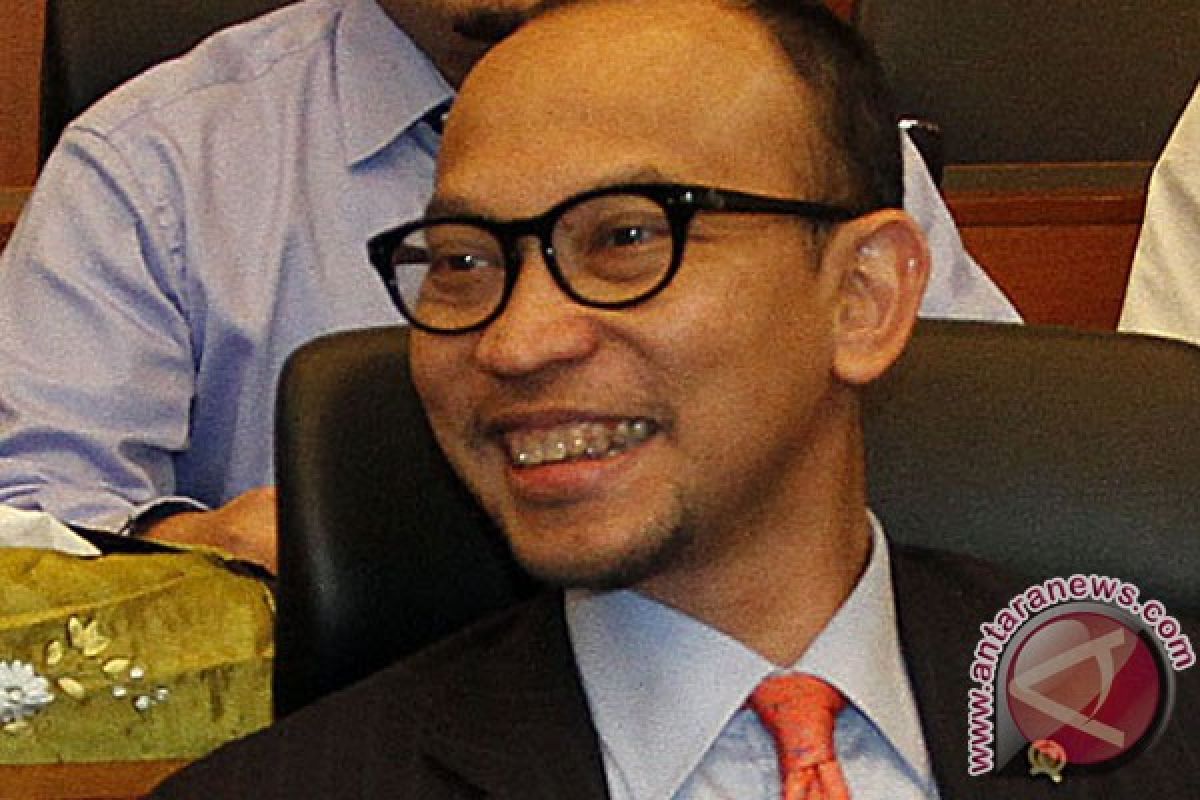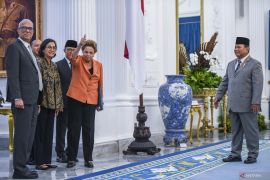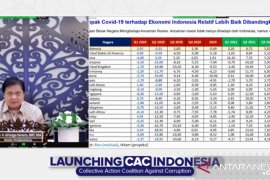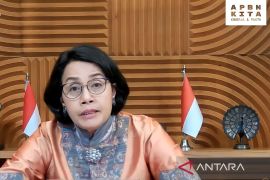"The 6.3 percent target is quite difficult to achieve. In order to do so, we must be able to achieve 6.6 percent growth in the second half of this year. That is very difficult, but a growth of around 6 percent is still possible," he stated here on Monday.
Chatib said policies will be put in place to increase household consumption, adding that consumption is one of the major contributors to economic growth.
"We have prepared a strategy. The President calls it `keep buying strategy,` consumption constitutes the biggest part of our gross domestic product. So, higher consumption will boost the GDP," he explained.
At present, in terms of expenditure, national GDP growth is dominated by household consumption at 55.44 percent, followed by gross fixed capital formation at 32.68 percent, government consumption at 8.63 percent, with exports and imports at 23.15 percent and 25.72 percent, respectively.
Increased circulation of the currency during the post-Ramadan holidays has translated into higher number of economic transactions and contributed significantly to household consumption and economic growth.
"Bank Indonesia has estimated that around Rp110 trillion has been spent on home-bound traveling, accounting for 10 percent of the national budget of Rp1600 trillion. Given that the spending took place within the span of a month, its effect would be big on growth," Chatib said.
Besides, he continued, the payment of the 13th salary in June and accelerated budget spending were also expected to give provide an impetus to government spending and the national economy during the third quarter.
Chatib expressed optimism that household consumption and government spending would boost the economy amid slowing investment exports growth.
According to the National Bureau of Statistics, Indonesia`s economy grew by 5.81 percent in the second quarter, year on year, cumulatively reaching 5.92 percent for the first half of 2013.
The growth was driven by household consumption, which rose 5.06 percent, followed by government consumption (2.13 percent), gross fixed capital formation (4.67 percent), exports (4.78 percent), and imports (0.62 percent). ***3***
Reporting by Satyagraha
(H-YH) (INE)
Editor: Suryanto
Copyright © ANTARA 2013









